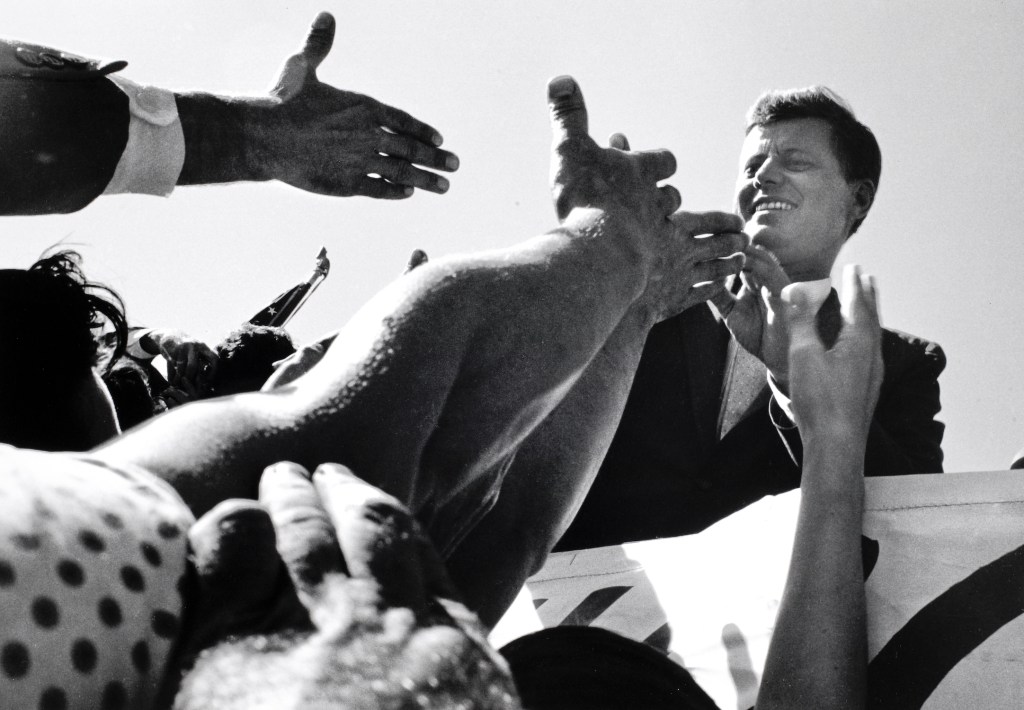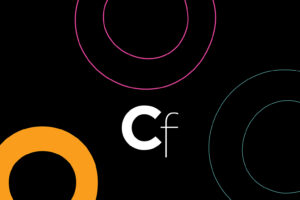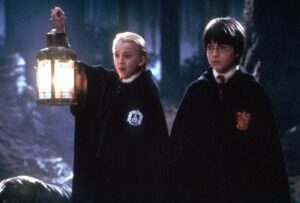The Contested History of American Labor


If you’re looking for a little escapism from American politics these days, American Job: 1940-2011, now on view at the International Center of Photography, is not the show for you. This exhibition presents the contested history of work in the United States, bringing together images by over 40 photographers who documented labor organizing, strikes, protests over gender and racial inequality, mass unemployment, the effects of economic restructuring, political campaigns, and — of course — people’s jobs, from coal mining to domestic labor. Some of the images cut sharply; when I visited, one woman was quietly tearing up in front of Ernest Withers’s 1968 photograph of Black sanitation workers holding signs that read “I Am a Man.” If you’re instead looking to ground yourself in history, and might benefit from seeing that our present is not apocalyptically singular but rather the continuation of one long, long fight, then American Job is worth a visit. I’m tempted to call the exhibition “timely,” but when would it not have been?
“Don’t mourn, organize!” the labor activist Joe Hill famously wrote in a quotation reprinted on the gallery wall. Though technically the title of just one of the exhibition’s five chronological sections, most of the photographs on view depict people acting on this sentiment. Some of the images are famous, like Cornell Capa’s dynamic photographs of John F. Kennedy’s 1960 presidential campaign, or W. Eugene Smith’s 1951 “Nurse Midwife” photo essay, which chronicled the work of Maude Callen, a medical professional who worked around the clock to care for thousands of poor, mostly Black patients in rural South Carolina. Both series circulated widely through their publication in Life, a photographic magazine whose weekly issues reached up to a quarter of the United States’s population at the height of its popularity.

Many more of the exhibition’s photographs — often of striking crowds, or mass political assemblies — are not so well-known. Some of the photographers are unidentified. As we see, anonymity is sometimes imposed from the top down. A number of the earlier images are by photographers associated with the Workers Film and Photo League, an organization that believed in the camera as a tool for radical social change and taught photography to many working-class New Yorkers to that end. The League splintered and rebranded more than once before it was blacklisted for its leftist politics and ultimately snuffed out by the US Justice Department in 1951. Is American history a circle? This exhibition offers useful metrics to judge.
However, when it comes to understanding photography’s unique role in this history beyond the mere fact of its existence, American Job leaves one wanting. Yes, we get plenty of context, and the show provides a useful photographic chronology from 1940 to 2011. But do not expect to walk away with a greater understanding of how the camera’s presence sometimes literally shaped these moments, how photography is used to construct histories, how these images circulated, whether they reached the kinds of people they depict, the various kinds of labor required to make and disseminate photographs, or even photography itself as a job. On top of that, a medium-specific institution like ICP should be leading the pack in its physical presentation of photographs, whereas many of the framed works here are obscured by the glare of overhead lighting on the reflective glazing. This exhibition would work great if it were being shown in a history museum, but it’s not.






American Job: 1940–2011 continues at the International Center of Photography Museum (84 Ludlow Street, Lower East Side, Manhattan) through May 5. The exhibition was curated by Makeda Best.




